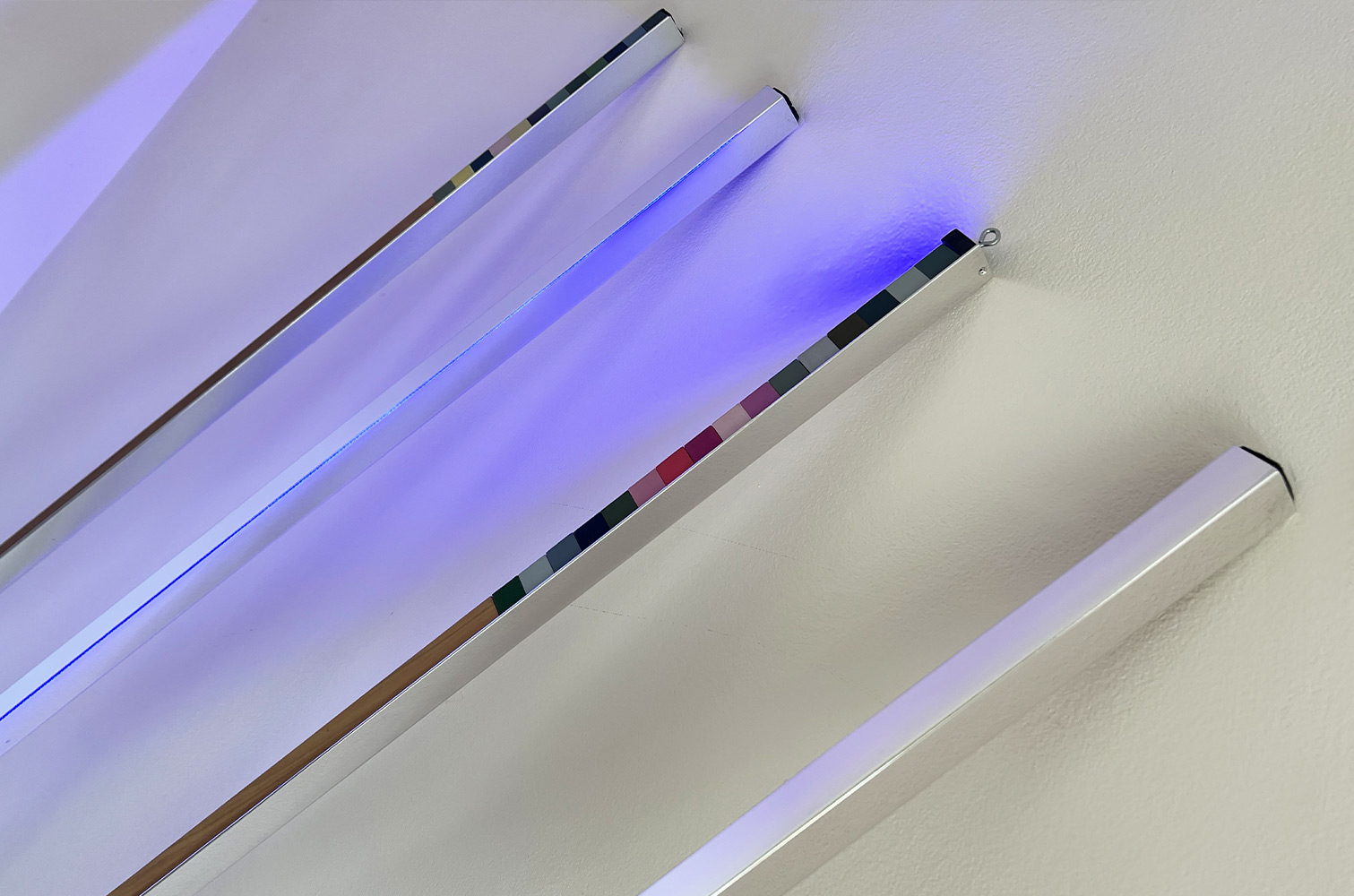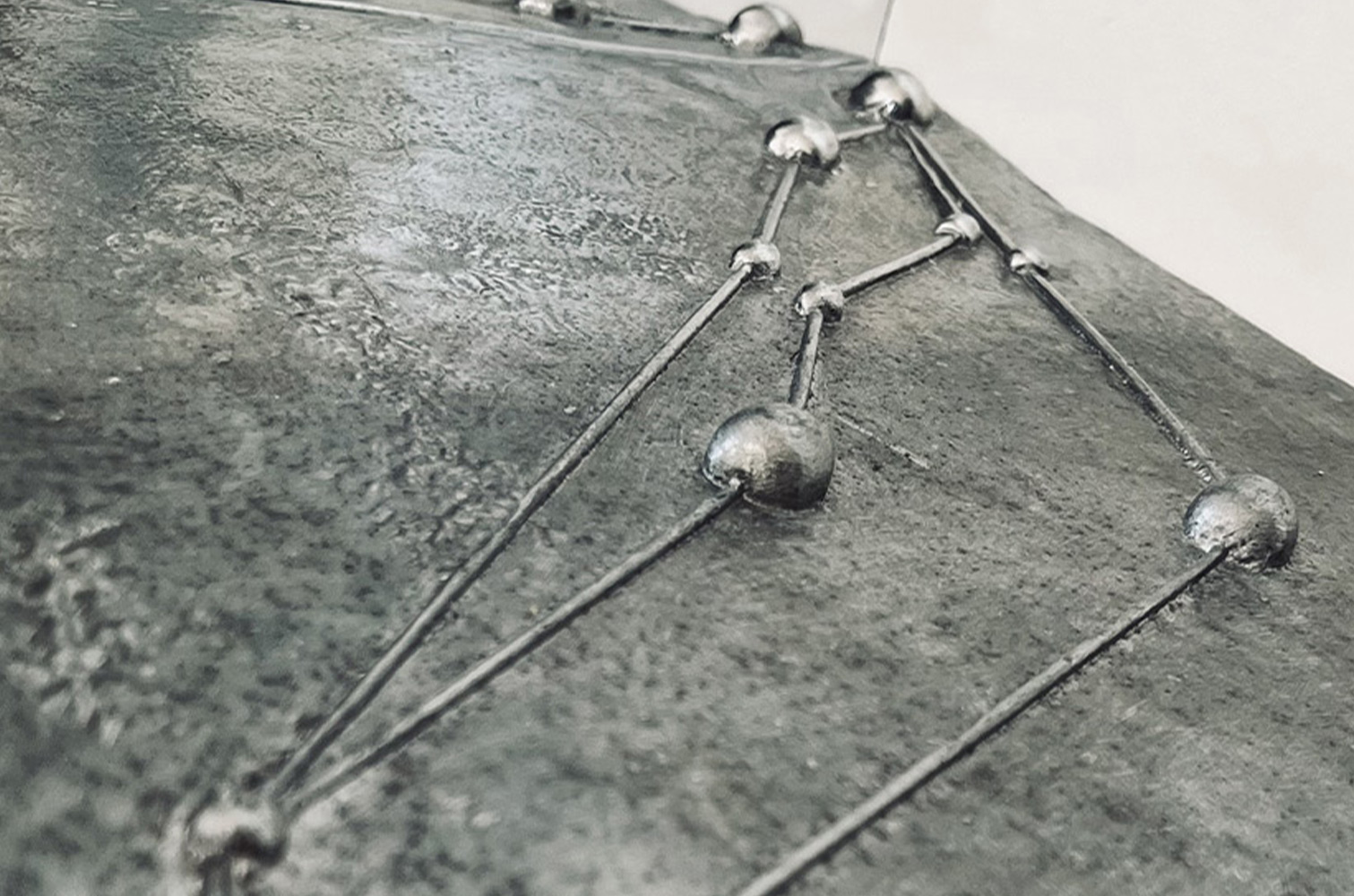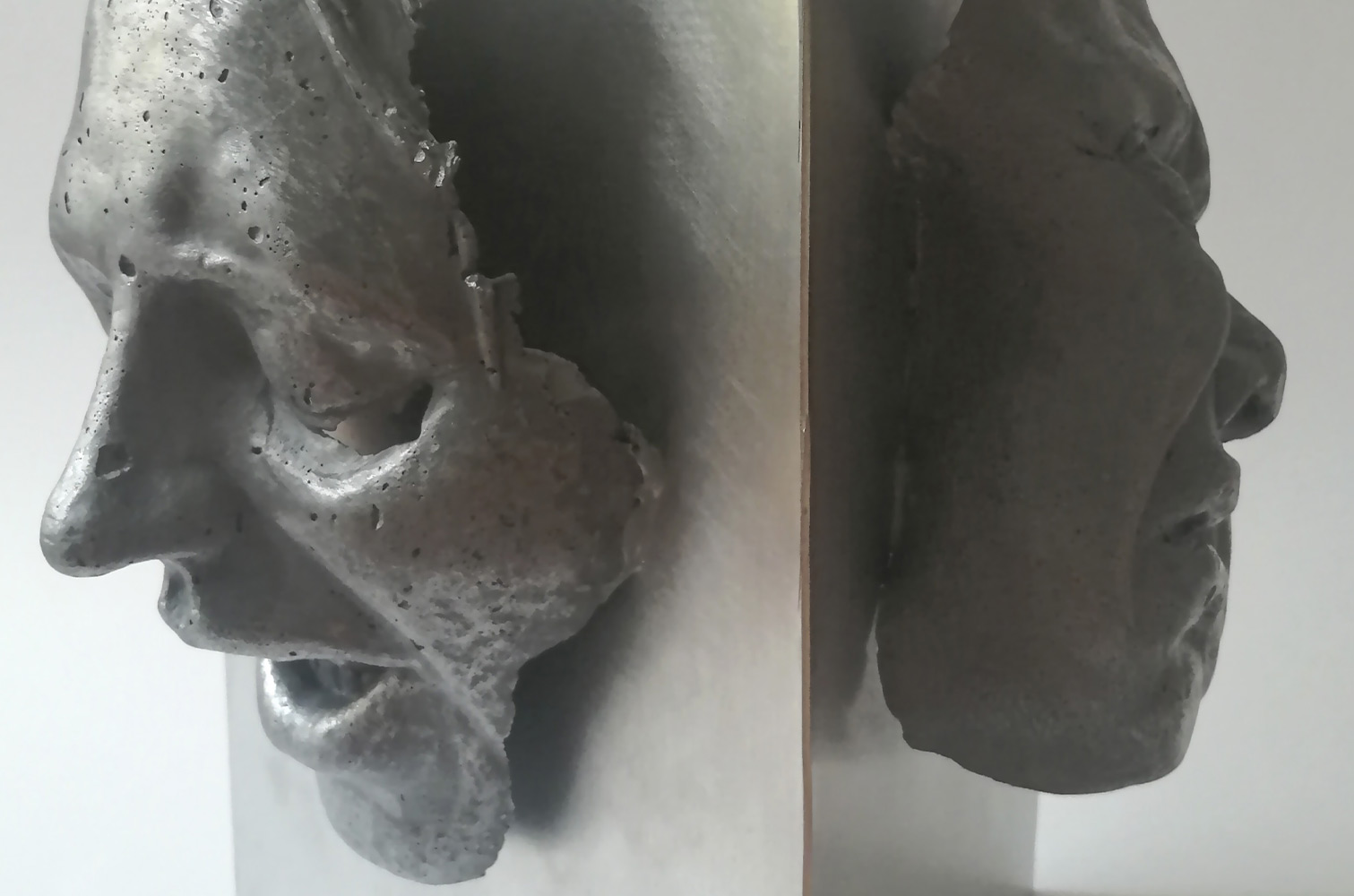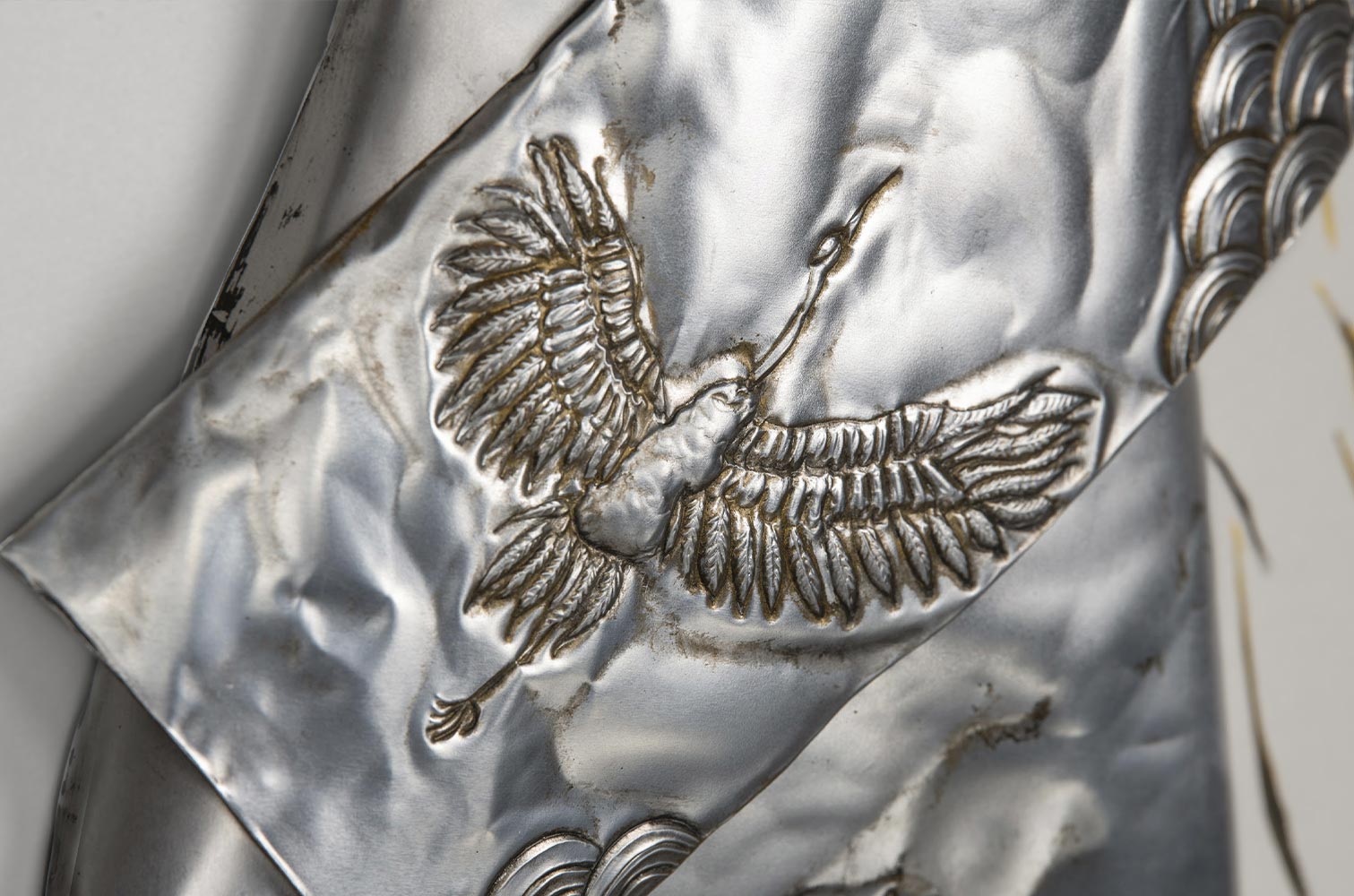COMEL AWARD VANNA MIGLIORIN 20-21
Interview to Elena Pontiggia
by Ilaria Ferri
Elena Pontiggia is a member of the jury of the 8th edition of the COMEL Vanna Migliorin Contemporary art Award.
An experienced and passionate scholar, Elena Pontiggia is a professor of Contemporary Art History at the Brera Academy and a contract professor at the Polytechnic University of Milan. Winner of several prizes including the S. Valentino d’Oro for the History of Art in 1996, a sought-after recognition assigned to great luminaries from the world of culture, entertainment, science, and sport, and in 2009 the Carducci Prize with Modernity and classicism. The Return to Order in Europe (Bruno Mondadori, 2008). Elena Pontiggia co-operates with the newspaper “La Stampa” and various art magazines. She is the curator of important exhibitions, among the latest ones we can mention Il chiarismo (Milan, Palazzo Reale, 2010); Sironi (Rome, Vittoriano, 2014); Birolli (Turin, Fico Museum, 2016); Klimt. Portrait of a Lady (Piacenza, Ricci Oddi Gallery, 2020).
A personality of great prestige who can be counted among the greatest authorities in the field, who this year will evaluate, alongside the president of the Jury Giorgio Agnisola and the other jurors, the entered works of the 2020-2021 edition of the COMEL “Aluminium Bonds “.
During your career you have taught, curated exhibitions, wrote for art magazines, newspapers and published several essays. You served on scientific committees and boards of directors of important foundations and institutions. In addition to Art you also dealt with poetry and philosophy. Which aspect of your profession involves and stimulates you the most?
I would say all of them but in different ways. However, the most rewarding aspect is the teaching. The teacher is the one who “leaves a mark” (otherwise he is just a professor and counts for less): I have always had this ambition, or perhaps this illusion. Unfortunately, I will turn sixty-seven next year and I will be forced to leave the Brera Academy and retire. I consider this obligation real nonsense: there should be freedom of choice when it is not a strenuous job.
You are interested in the theoretical writings of various twentieth-century artists. In your experience, how does the approach of a critic or historian change compared to the artist’s one who experiments and then theorizes? Does a competent approach, but not directly involved in the creative process, allow a more objective vision?
The artist always knows more than the critic, even if the artwork knows more than the artist himself. I have always learned a lot from what artists have said or written, and I have tried to divulge it. Whoever makes, knows what is invisible to the observer’s eye. It applies in all fields.
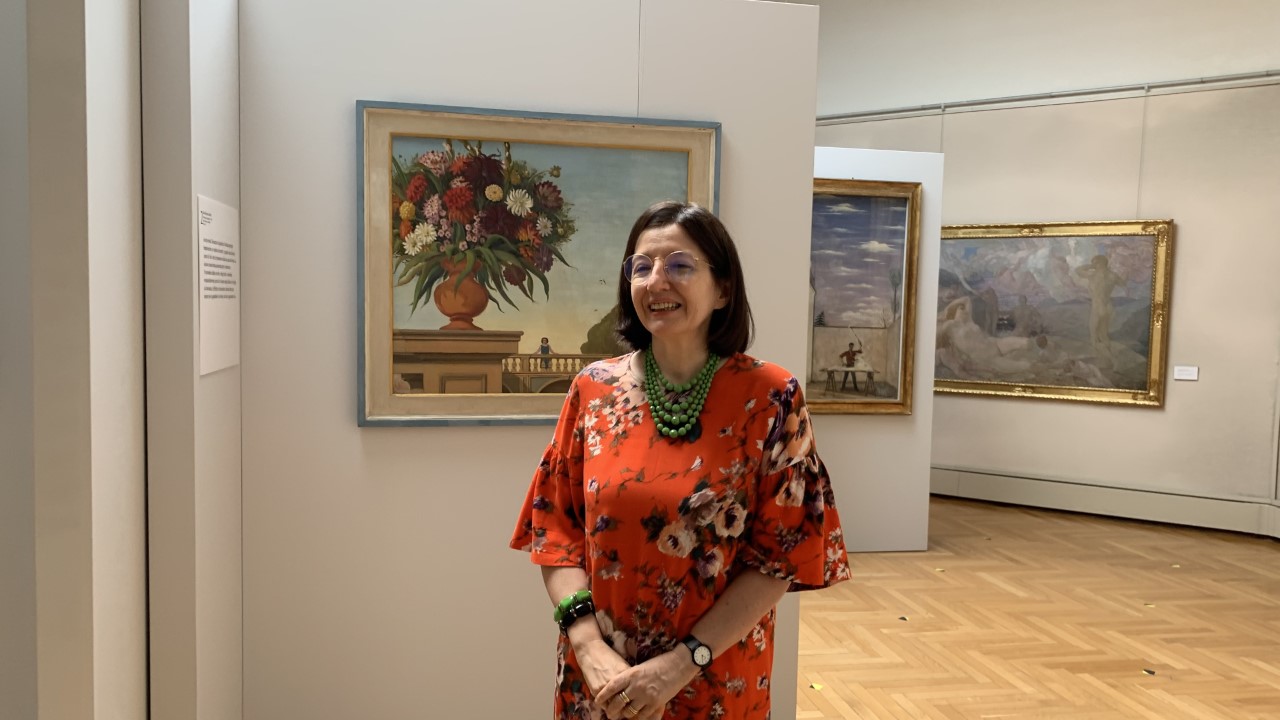
The twentieth century was a crucial turning point in the way of making and perceiving art, after which art began to change faster, taking a thousand directions and multiple forms and languages. Are there any aspects that have remained unchanged over the centuries? In these first twenty years of the twenty-first century, have you been able to see further changes, or is it following the path started after the two wars? What are the elements that allow us to understand this further mutation in the world of art?
The modern theorized the new, originality. In the years between the two wars, it was instead thought that it was more important to go to the origin than to be original. After World War II there was a return to experimentalism, which was then reformulated with the postmodern trend. Today I believe that there are no general guidelines, or at least they have not yet clearly emerged.

